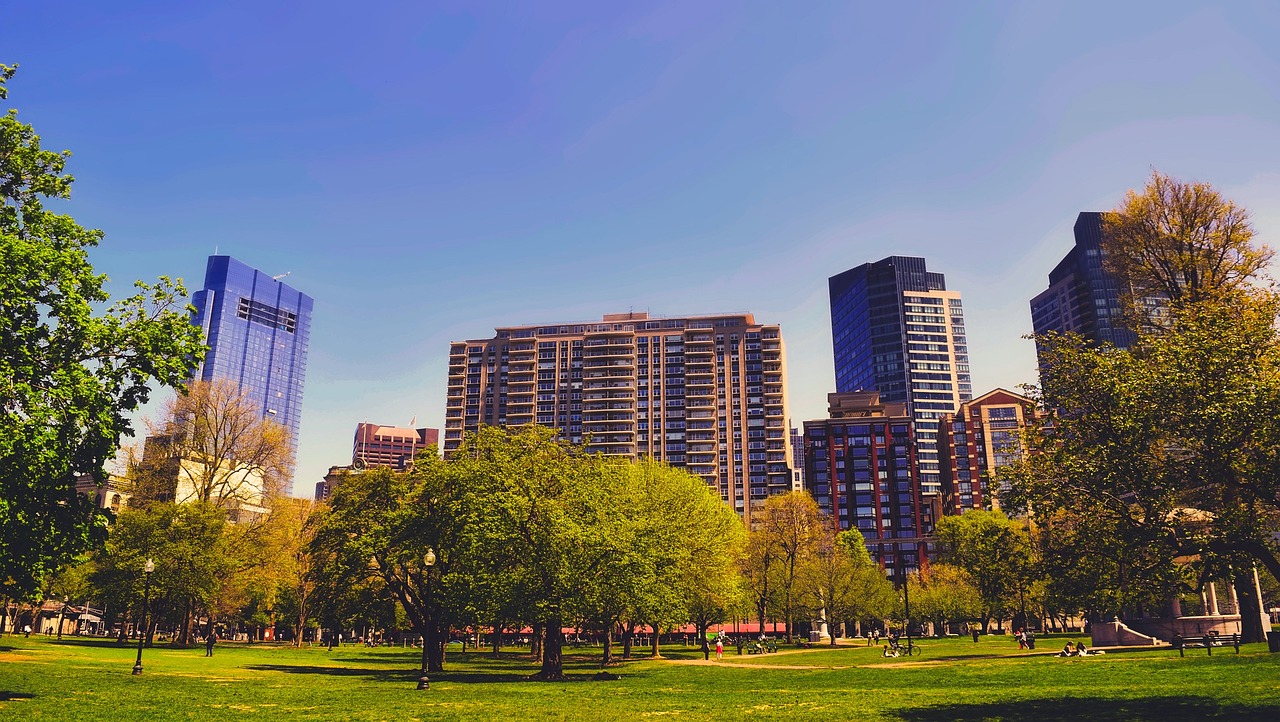The Complete Boston Apartment Inspection Checklist

In Boston's competitive rental market, you often have minutes to decide on an apartment that you'll live in for at least a year. With median one-bedroom rents hovering around $2,500, making a hasty decision could mean months of regret. This inspection checklist will help you evaluate potential apartments thoroughly, even when pressed for time.
Do Your Homework Before You Visit
Before setting foot in a potential apartment, research the building and neighborhood. Check the Boston 311 database for complaints, read reviews from current and former tenants, and investigate bed bug registry reports for the address.
Bring these essentials to your viewing:
- Flashlight for checking dark corners and under appliances
- Phone for photos and videos of existing damage
- Measuring tape for furniture planning
- Outlet tester to check electrical systems
Try to schedule viewings during daylight hours to accurately assess natural light and potential noise issues.
Building Exterior and Common Areas
Start your inspection outside. Is the building well-maintained? Check for security features like functioning entry systems and well-lit common areas. Examine the garbage disposal area—pest problems often begin here. Ask about laundry facilities, package delivery protocols, and storage options.
Basic Systems and Safety Features
Once inside the apartment, systematically test:
- All light switches and electrical outlets
- Water pressure and drainage in sinks and tubs
- Heating and cooling systems (even in off-seasons)
- Window and door functionality, including locks
- Appliance operation (run the dishwasher, check refrigerator temperature)
Don't forget safety features like smoke detectors, carbon monoxide alarms, and fire exits. In buildings constructed before 1978, ask about lead paint testing and compliance.
Structural Elements and Potential Issues
Examine walls and ceilings for cracks, water stains, or recent patches that might indicate underlying problems. Test for soundproofing by listening for neighbor noise. Check flooring for damage, especially in high-traffic areas and near exterior doors.
Pest Inspection Essentials
Even pristine-looking apartments can harbor pests. Be thorough in your inspection:
- Check kitchen cabinets and bathroom vanities for cockroach evidence
- Look for tiny holes or droppings indicating mice
- Examine mattresses (if furnished) for bed bug signs
- Inspect carpeted areas for fleas, particularly if previous tenants had pets
Speaking of fleas, many prospective tenants wonder, "Can fleas fly?" While they cannot fly, fleas can jump up to 13 inches vertically and 7 inches horizontally, allowing them to quickly infest neighboring apartments and attach to clothing. Look for "flea dirt" (tiny black specks) in carpet fibers, especially along baseboards and in corners.
To test for fleas during a viewing, wear white socks and walk across carpeted areas—fleas may jump onto the light-colored fabric, making them easier to spot. Also, ask directly whether the previous tenant had pets and if there have been any pest treatments recently.
Kitchen and Bathroom Deep Dive
Kitchens and bathrooms reveal much about an apartment's condition. In the kitchen, check under the sink for water damage, test all appliances, and examine cabinet interiors. In the bathroom, look for mold around the tub and shower, test the ventilation fan, and check for loose tiles or deteriorating grout.
Boston-Specific Considerations
Boston apartments have unique challenges worth investigating:
- Winter heating adequacy, especially in older buildings
- Snow removal policies and parking during snow emergencies
- Basement apartment flooding risks during heavy rain
- Proximity to T stations and reliable bus routes
- Seasonal noise factors (student move-ins, marathons, sports events)
Documentation and Follow-Up
Document everything during your visit. Take photos of any existing damage, make videos of working systems, and note conversations about repairs or improvements. If possible, speak with current residents about their experiences in the building.
Understanding Your Rights
Remember that Boston tenants have specific rights regarding apartment conditions. Landlords must provide habitable dwellings free from pest infestations and safety hazards. The Boston Housing Authority can provide resources if you encounter a landlord unwilling to address legitimate concerns.
Making Your Decision
After visiting multiple properties, create a systematic comparison based on your notes and observations. Trust your instincts—if something feels off about a property, it probably is. Don't let the pressure of Boston's competitive market force you into accepting an apartment with significant problems.
With this checklist in hand, you'll be better equipped to find an apartment that truly feels like home, even in Boston's challenging rental landscape. A thorough inspection takes time but saves countless headaches down the road. After all, your home should be a sanctuary, not a source of stress.